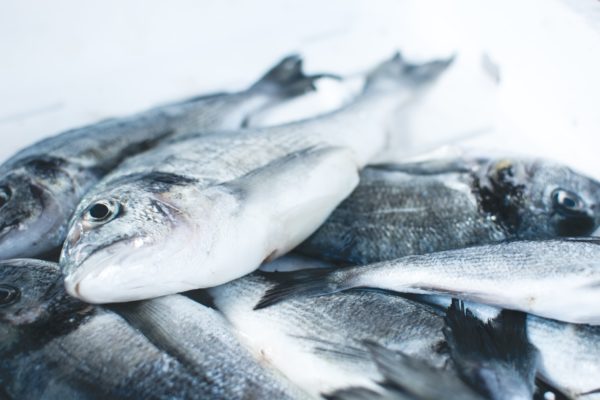Migratory animals are often blamed for the global spread of diseases, but new Deakin University research has shown their role may be less significant than previously thought.
With the rate of zoonotic diseases – pathogens that jump from animal hosts to humans – on the rise, migratory animals have been under increasing scrutiny and suspicion of aiding the spread of bird flu, Lyme disease, and even Ebola.
However, despite the fact that billions of animals fly, swim and walk around the globe every year on their seasonal migrations, researchers from Deakin University’s Centre for Integrative Ecology (CIE) say there is surprisingly little direct evidence that migratory animals are frequently spreading pathogens long distances.
“In humans, travelling increases our risk of getting ill because we come into contact with many new microbes that our immune system has never encountered before,” said researcher and PhD candidate Alice Risely.
“We wanted to work out if migrant animals are also more susceptible to these potentially disease-causing microbes as they travel to new locations, or if they’ve adapted to this risk.”
To answer this question, the team looked at the gut bacteria of migratory shorebirds – which undergo some of the longest and fastest migrations in the animal kingdom.
[testimonial_text]We found that the migratory shorebirds we studied were exceptionally good at resisting invasion from ingested microbes, even after just having flown thousands of kilometres. Birds that had just returned from migration – during which they stopped in many places in China, Japan, and South East Asia – didn’t carry any more species of bacteria than those that had stayed around the same location for a year. Although these results need to be tested in other migratory species for us to be certain, our research suggests that pathogens might not get such an easy ride on their migratory hosts as we might assume.[/testimonial_text]
[testimonial_picture name=”Alice Risely” details=”PhD candidate – Centre for Integrative Ecology”]
 [/testimonial_picture]
[/testimonial_picture]But what about species that do pick up a bug?
Ms Risely said migratory animals were notoriously hard for ecologists to track and test for infections because of the vast areas they occupy.
To try to shed more light on the issue, she and fellow researchers Professor Marcel Klaassen and Dr Bethany Hoye combed through as many relevant studies as they could, looking for overarching patterns to discern whether infected migrants can still migrate successfully.
“We found that infected migrants tended to be in poorer condition, didn’t travel as far, migrated later and had lower chances of surviving,” Professor Klaassen said.
“Yet despite this, they didn’t fare too badly. Although they tended to perform worse than those that were uninfected, they didn’t perform that much worse, and they certainly didn’t seem to be all dying as soon as they migrated.
“So pathogens seem to pose some costs on their migratory hosts, which would reduce the chances of migrants spreading pathogens, but perhaps not enough to eliminate the risk completely,” he added.
“There is no doubt that migratory animals are involved in pathogen dispersal to some degree, but there is increasing evidence that we shouldn’t jump the gun when it comes to blaming migrants.”
Read more about Ms Risely, Professor Klaassen and Dr Hoye’s research on The Conversation.



